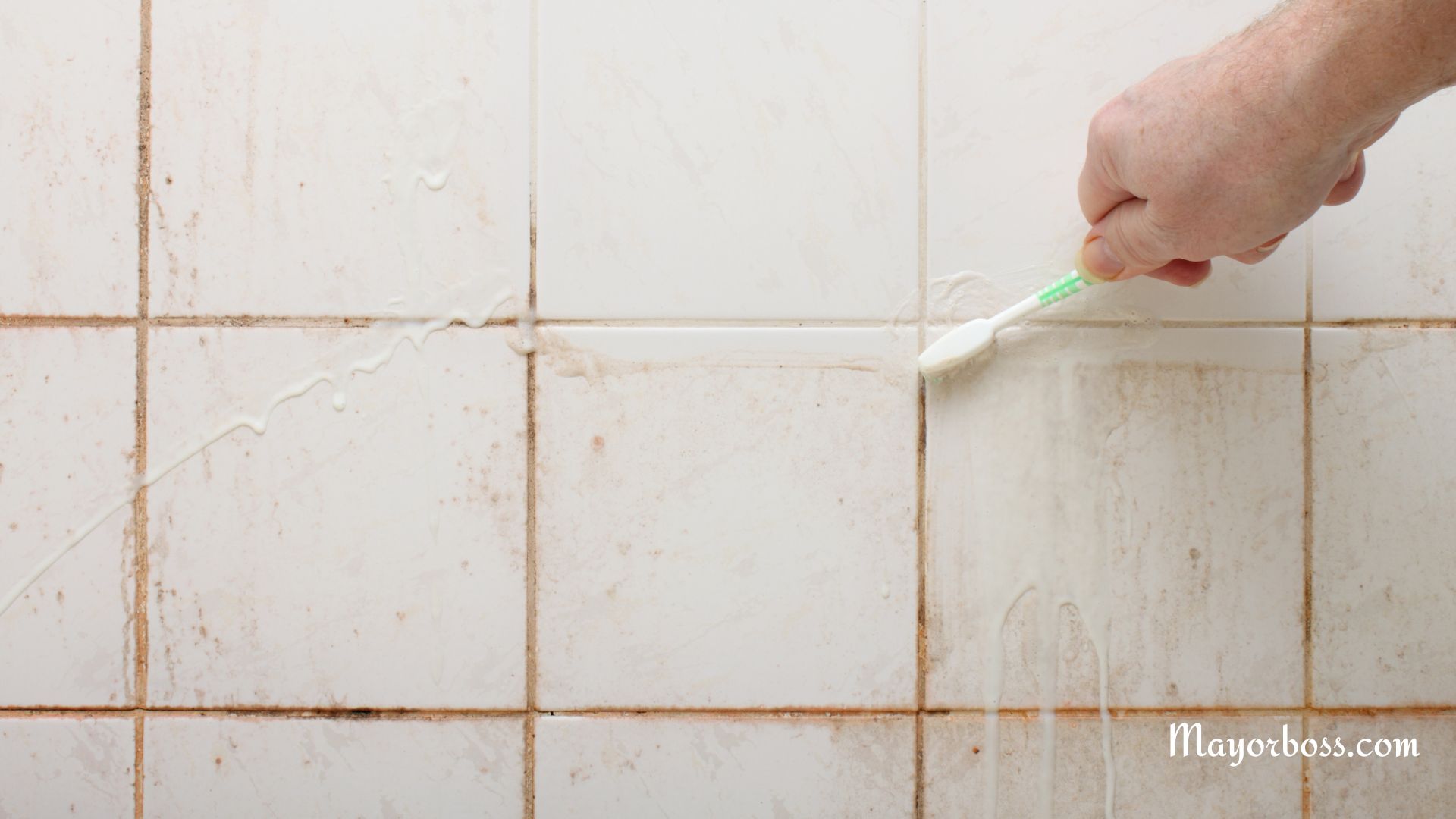If You See Pink Mold in Your Shower, This Is What It Means
Ever stepped into your shower, ready for a refreshing start or end to your day, and noticed some pinkish discoloration lurking in the corners or on the tiles? If so, you’re not alone. But what exactly is this pink stuff, and should you be worried about it? Let’s dig into the details.

What is Pink Mold?
First off, let’s clear up a common misconception: the pink film that you often see in bathrooms isn’t actually mold. Surprisingly enough, it’s a type of bacteria called Serratia marcescens. This bacterium thrives in moist, fatty environments like bathrooms where soap scum and shampoo residue accumulate. And yes, it can show up even if you’re a stickler for cleanliness!
Why Does It Appear in Your Shower?
You might be wondering, “Why my shower?” Well, Serratia Marcescens finds your shower to be the perfect home because it loves dampness and feeds on the mineral deposits from your tap water and any residue from bath products. Each time you take a shower, you’re essentially providing this bacterium with the moisture it needs to survive. And guess what? It’s quite common in households, so there’s no need to feel embarrassed about it.
Health Risks Associated With Pink Mold
Now, hang on a minute, you might be thinking about the health risks. Generally, for most people, pink mold is more unsightly than dangerous. However, it can pose health risks to individuals with compromised immune systems, the elderly, or those with respiratory issues. In such cases, it can lead to infections like pneumonia or urinary tract infections. So, it’s definitely something you shouldn’t ignore.
How Can You Get Rid of Pink Mold?
Let’s get down to business—how do you tackle this annoying pink intruder? Here are some steps you can take:
- Suit Up for Safety: Wear rubber gloves and a mask if you’re sensitive to cleaners or have respiratory issues.
- Choose Your Cleaner: Bleach is effective but harsh; vinegar is a milder option. For a more eco-friendly approach, you might want to try baking soda and dish soap.
- Scrub Away: Use a soft brush or sponge to scrub the pink areas gently. Avoid abrasive tools that could damage your surfaces.
- Rinse Thoroughly: Make sure no residue from the cleaning agents remains.
- Keep It Dry: After cleaning, ventilate your bathroom well and keep it as dry as possible to discourage bacterial regrowth.
Preventing Pink Mold
Prevention is critical, and keeping your shower dry is the name of the game. Here are a few tips:
- Ventilation Is Vital: Always use your bathroom fan during and after showers to reduce moisture.
- Daily Drying: Consider using a squeegee on your shower walls after each use.
- Regular Cleaning: Weekly bathroom cleanings can help prevent soap scum and mineral deposits from building up.
Frequently Asked Questions
1. Can pink mold make you sick?
For most people, pink mold is not harmful. However, for those with weakened immune systems or respiratory conditions, it can lead to more serious health issues.
2. How often should I clean my bathroom to prevent pink mold?
Aim to thoroughly clean your bathroom at least once a week. Pay special attention to areas that stay moist and use preventative measures like ventilating the room.
3. Are there any natural remedies for pink mold?
Yes, a solution of vinegar and water can be an effective natural alternative to harsh chemicals. Spray it on the affected areas, let it sit for about an hour, then scrub and rinse.
So there you have it! If you see pink mold in your shower, now you know what it means and how to handle it. Keep your bathroom dry and clean, and you’ll keep these unwelcome guests at bay. Stay on top of it, and your bathroom will remain a clean, safe space for you and your family.
